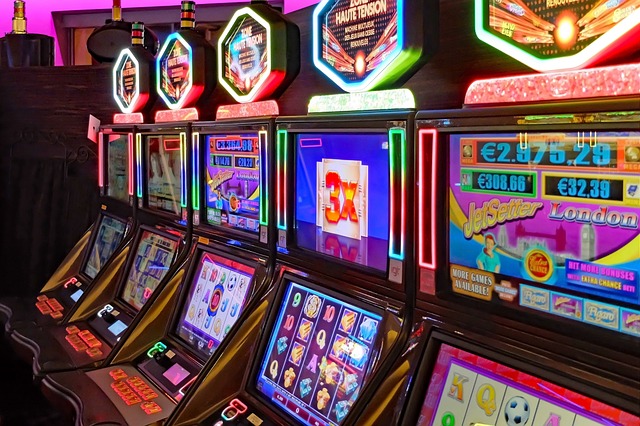Return to Player, or RTP, is one of the most discussed numbers in the world of online gambling. You’ll often see slot games advertised with figures like 96% RTP—but what does that number really mean? And more importantly, can you trust it?
If you’re a regular player or just getting started, understanding the reliability of RTP rates can help you make smarter choices and avoid common misconceptions. Here’s the truth behind the math—and what it means for your bankroll.
What Is RTP?
Return to Player (RTP) is a theoretical percentage that indicates how much money a game is expected to return to players over the long term. For example:
- A slot with 96% RTP means the game is designed to pay back $96 for every $100 wagered—on average, across millions of spins.
It’s important to note:
- RTP is not a guarantee of what you’ll get back in a short session.
- It’s a long-term average, calculated through simulated or real-world testing.
How Is RTP Calculated?

RTP is typically determined by:
- Running millions of simulated plays on a game
- Tracking how much is wagered vs. how much is paid out
- Averaging those results to determine a percentage
For games regulated by licensed developers or jurisdictions, RTP is verified and audited by independent testing labs, such as:
- eCOGRA
- iTech Labs
- GLI (Gaming Laboratories International)
These labs ensure that the game performs consistently with its stated RTP over time.
Are RTP Rates Reliable?
Yes—RTP rates are reliable, but only when understood in the right context. Here’s what makes them trustworthy:
- ✅ Certified Games: Games from reputable developers and regulated casinos have tested and published RTPs.
- ✅ Consistent Over Time: While your short-term results may vary wildly, long-term play tends to align with the advertised rate.
- ✅ Provably Fair Options: In crypto and blockchain casinos, some slots even let you verify fairness with on-chain randomness.
However, keep in mind:
- Variance and volatility can lead to long streaks of wins or losses.
- RTP doesn’t apply to single spins or short sessions.
- Some casinos offer multiple RTP versions of the same game—always check the paytable or settings.
Can Casinos Manipulate RTP?
Licensed online casinos cannot arbitrarily change RTP values—at least not without disclosure. Game developers often create multiple RTP versions of a title (e.g., 92%, 95%, 97%), and operators choose which one to offer.
Why this matters:
- Two casinos might offer the same slot with different RTPs.
- It’s always worth checking game info to ensure you’re playing the highest RTP version available.
Unlicensed or rogue operators, on the other hand, may offer fake or modified games—avoid them and always stick with licensed platforms.
RTP vs. Real-Life Results

Even though RTP is based on math, your personal experience won’t always match the expected outcome. Why?
- RTP is calculated over millions of spins—you’re just one player in that total.
- High volatility games may not pay frequently but offer bigger payouts.
- You might hit a huge win early—or lose quickly—without violating the RTP model.
Bottom line: The RTP is reliable, but it’s not a prediction. It’s a long-term guide, not a short-term promise.
Final Thoughts: Trust the RTP, But Understand It
RTP rates are real, audited, and mathematically valid—but that doesn’t mean every session will reflect them. They’re one of the best tools you have for evaluating a slot’s value, but they must be combined with bankroll management, volatility awareness, and responsible play.
So yes—RTP is reliable. Just remember: it tells you how the game is designed to perform in the long run, not what will happen today.
